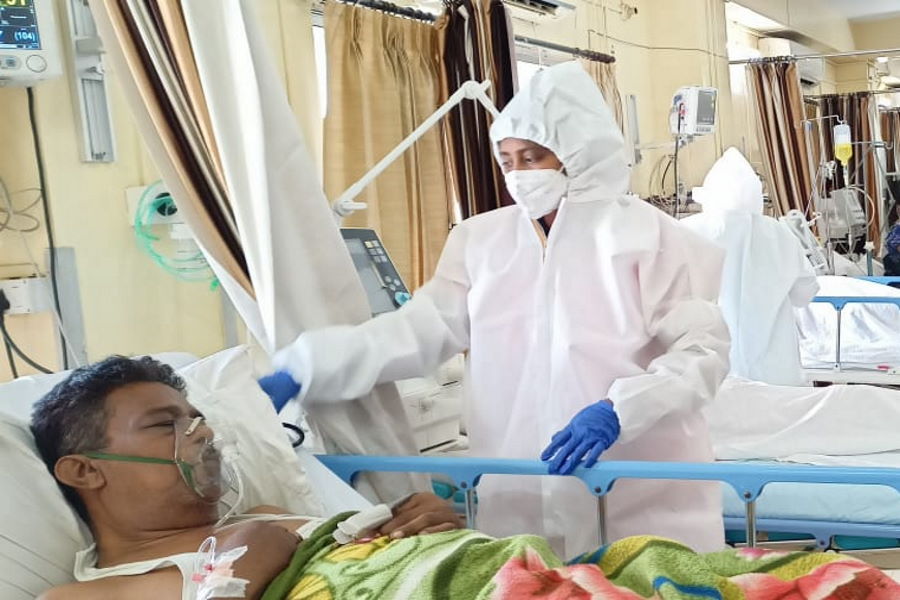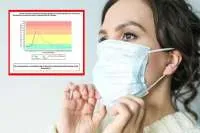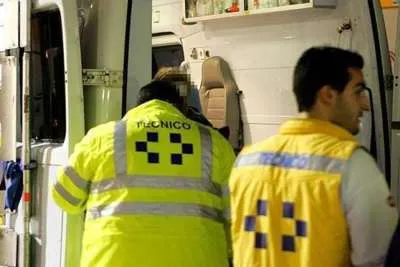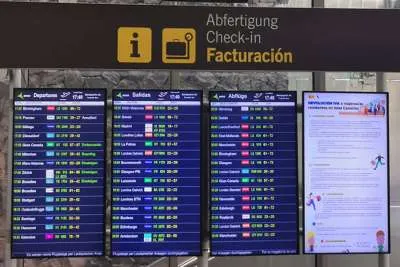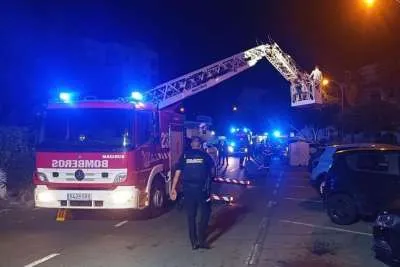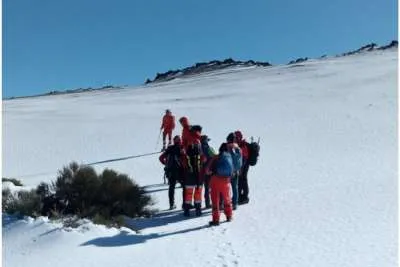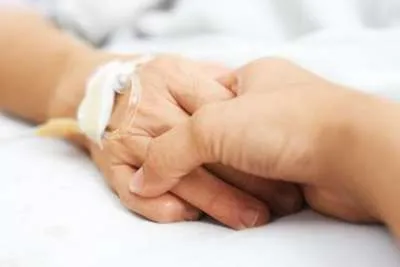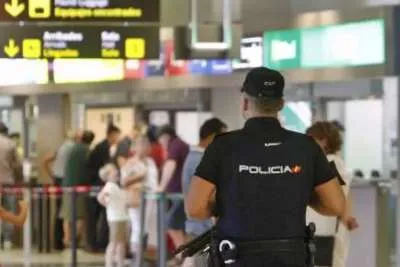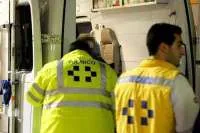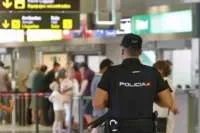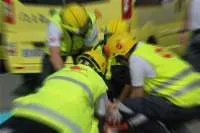Here are the indicators for each island used to determine the alert levels
- 22-07-2021
- Health
- Canarian Weekly
The Governing Council of the Canary Islands has a meeting this afternoon in which it will review the alert levels in the islands due to the Covid-19 pandemic, with five of the eight indicators at high or very high risk, and in the middle of a fifth wave that not only exceeds expectations, but also the contagion levels of all the previous ones.
Most of the public now understand the different alert levels and restrictions that they involve, but are you aware of the indicators that are looked at to decipher these levels? Here’s the latest data for those parameters so that you understand the Governments decision a bit more clearly.
THE CANARY ISLANDS:
The latest report from the Canary Islands Health Service (SCS), with data up to the end of Monday July 20th, shows five indicators at high or very high risk. These are the incidence of the virus which is at very high risk in the whole of the Canary Islands over 14 days (372.62) and over 7 days (209.66). It is also at high risk in people over 65 years of age over both 7 and 14 days (110.5 and 67.78), and the rate of positivity of diagnostic tests is also at high risk of 10.15%.
The traceability of cases, with an index of 55.48% (the higher the better), is at medium risk, as is the occupancy of intensive care units, which is at 10.37% of those available, while occupancy of hospital beds is the only parameter that is at low risk, with 4.85%. No indicators are in the minimal risk category.
TENERIFE (CURRENTLY LEVEL 3):
Tenerife is the island with the worst epidemiological indicators with seven of the eight at high or very high risk, only one at medium risk, which is the occupation of non-ICU hospital beds, and none at low or minimal risk.
Tenerife presents a very high risk in 7-day and 14-day incidence rates, as well as the 7-day incidence among those over 65 years of age.
At high risk are the 14-day incidence in those over 65 years of age, the positivity of diagnostic tests and the traceability of cases, which is the lowest of all the islands, as well as the occupation of ICUs, which at 19.1% is more than double the other islands.
FUERTEVENTURA (LEVEL 3):
Fuerteventura has two indicators at very high risk (7 and 14-day incidence rates) and another two at high risk (both incidence rates in the over 65s), while it has medium risk in the positivity of diagnostic tests, low risk in traceability, and minimal risk in hospital bed occupancy, both in ICU and in wards.
GRAN CANARIA (LEVEL 2):
In Gran Canaria there are two indicators of the eight at very high risk (7 and 14-day incidence rates) none at high risk, four at medium risk (both incidence rates in the over 65s, positivity of tests and traceability of cases), and two at low risk (occupancy of beds in ICU and wards by Covid patients).
LA PALMA (LEVEL 2):
La Palma currently presents three indicators at very high risk which are 7-day and 14-day incidence rates, as well as the 7-day incidence among those over 65 years of age, one at high risk (incidence at 14 days in the over 65s, and all the others at low risk.
LANZAROTE (LEVEL 1):
Lanzarote is the only island that does not present any epidemiological parameter at high or very high risk. It has the incidence rates at 7 and 14 days at medium risk, as well as the incidence at 7 days in those over 65 years of age. The incidence at 14 days in the elderly is at low risk, as well as positivity and traceability, and finally bed occupancy rates are at minimal risk.
EL HIERRO (LEVEL 1):
El Hierrio has a very high risk of the incidence at 7 days in those over 65 years of age, a high risk for the 14 day incidence rate, as well as the incidence at fourteen days of the over 65s. There is a medium risk the incidence rate over 7 days, positivity and traceability are at low risk, and both hospital beds and ICU beds occupancy rates are at minimum risk.
LA GOMERA (LEVEL 1):
In La Gomera there is a very high risk in the incidence rate at seven days, and high risk in the incidence at fourteen days, while the incidence at fourteen days in people older than 65 years and the positivity rate of tests is at medium risk. Traceability is at low risk, and the seven-day incidence of those over 65, and the occupation of hospital beds is at minimal risk.


